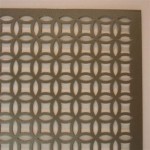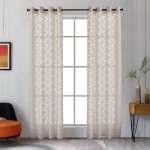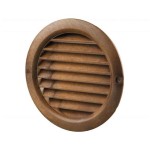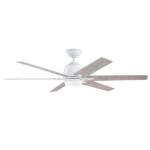How to Create Decorative Vent Covers in Revit
Decorative vent covers can add a touch of style and sophistication to any room. They can be used to conceal unsightly vents, air conditioning units, or other mechanical equipment. In Revit, there are several ways to create decorative vent covers. One method is to use the "Void Extrusion" tool. This tool allows you to create a void in an existing object. To create a decorative vent cover using the "Void Extrusion" tool, first, draw the outline of the vent cover on the face of the object that you want to conceal. Next, select the "Void Extrusion" tool from the "Modify" tab. In the "Properties" palette, set the "Extrusion Depth" to the desired depth of the vent cover. You can also use the "Void Extrusion" tool to create vent covers with multiple openings.
Another method for creating decorative vent covers in Revit is to use the "Curtain Wall" tool. The "Curtain Wall" tool allows you to create a system of mullions and panels that can be used to create a variety of different types of architectural features, including vent covers. To create a decorative vent cover using the "Curtain Wall" tool, first, draw the outline of the vent cover on the face of the object that you want to conceal. Next, select the "Curtain Wall" tool from the "Architecture" tab. In the "Properties" palette, set the "System Type" to "Curtain Wall." You can then use the "Mullions" and "Panels" tools to create the desired design for your vent cover.
Once you have created a decorative vent cover, you can use the "Materials" palette to apply a material to the vent cover. Revit provides a variety of different materials that you can use, including wood, metal, and plastic. You can also use the "Texture" tab in the "Properties" palette to add a texture to the vent cover. This can help to give the vent cover a more realistic appearance.
Decorative vent covers can be a great way to add a touch of style to any room. By using the "Void Extrusion" or "Curtain Wall" tools in Revit, you can easily create vent covers that are both functional and attractive.
Here are some additional tips for creating decorative vent covers in Revit:
- Use the "Extrude" tool to create a 3D vent cover.
- Use the "Sweep" tool to create a vent cover with a curved profile.
- Use the "Loft" tool to create a vent cover with a complex shape.
- Use the "Boolean Operations" tools to create vent covers with cutouts or other complex shapes.
With a little creativity, you can use Revit to create decorative vent covers that are both beautiful and functional.

Solved Gable End Vent Family Autodesk Community Revit S

How To Make A Decorative Diy Air Vent Cover Thrifty Decor And Organizing

How To Make A Decorative Diy Air Vent Cover Thrifty Decor And Organizing

How To Make A Decorative Diy Air Vent Cover Thrifty Decor And Organizing

How To Make A Decorative Diy Air Vent Cover Thrifty Decor And Organizing

Custom Vent Covers Decorative Hvac Grate Designs Kris Bunda Design

Diy Vent Cover It S Pretty And Easy

How To Make A Decorative Diy Air Vent Cover Thrifty Decor And Organizing

Diy Vent Cover It S Pretty And Easy

Diy Air Vent Covers Decorative Return Vents
Related Posts







